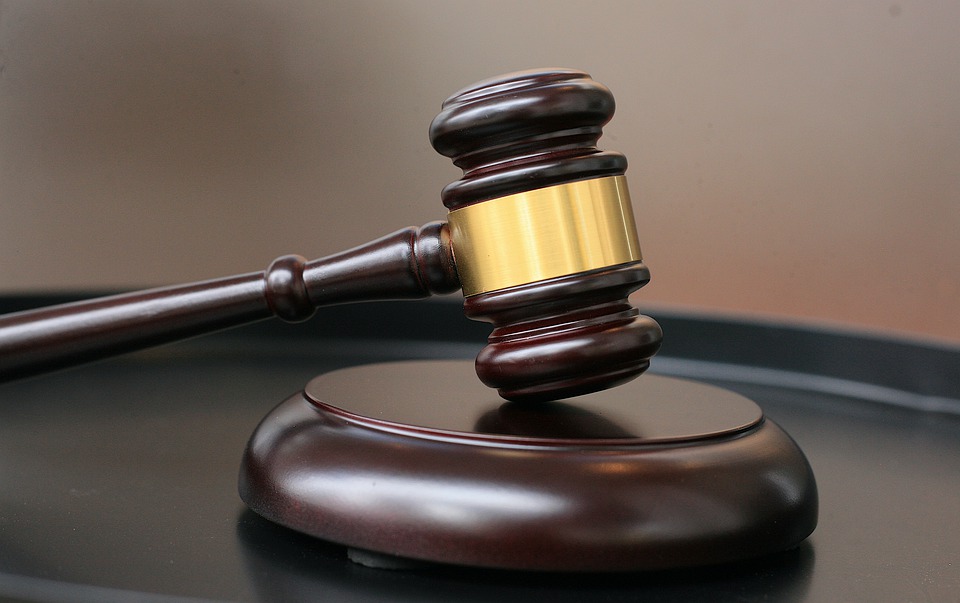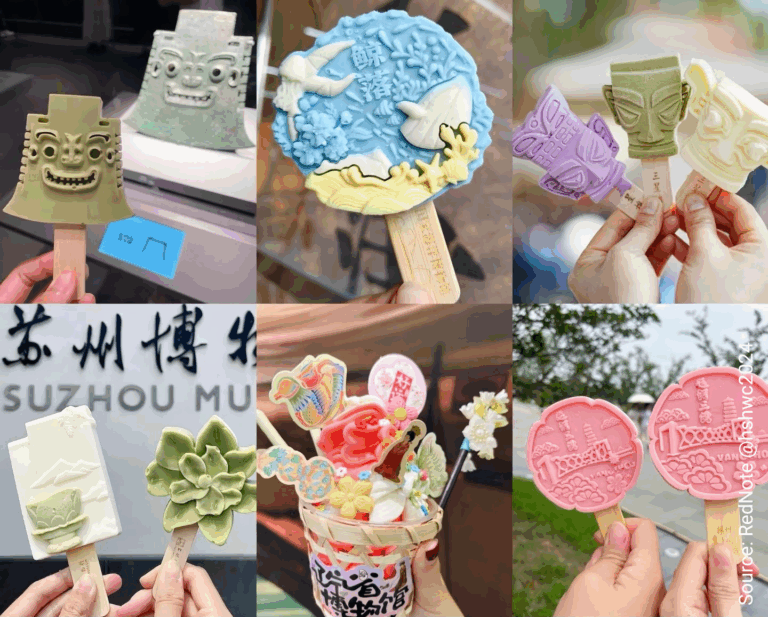Counterfeit lawsuits in China are getting common to address the issue of alleged design theft and infringement of intellectual property rights. Counterfeit products are imitation goods that are produced and sold to mislead consumers into believing they are genuine. These products can range from luxury goods such as handbags and watches to everyday items such as electronics and household items.
China is a major source of feigned products, with a thriving Chinese counterfeit market that produces and exports imitation goods on a massive scale. This is due to the manufacturing industry’s capability in replicating a wide range of products with high precision and detail. Despite the Chinese government and international organizations’ efforts to clamp down on counterfeiting, the problem remains widespread, with fake goods continuing to find their way into markets around the world. Hence, companies and individuals took legal actions known as counterfeit and intellectual property (IP) lawsuits to protect their trademark and copyright rights.
Two counterfeit lawsuit success stories in China
New Balance
In January 2021, the American sportswear giant, New Balance, won a major IP lawsuit against China’s imitation brand named New Burlun and its distributor, Shiyi Trade Co. Ltd. In the lawsuit that lasted 4.5 years, Shanghai Huangpu District Court eventually ordered infringers to pay RMB 25 million in damages to New Balance.
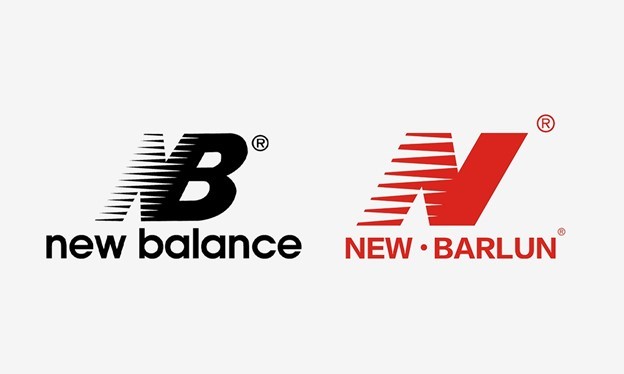
The slanting “N” logo is a widely-known mark of New Balance’s design. In recent years, many local Chinese sportswear companies used similar designs on their sneakers’ to benefit from New Balance’s positive brand image. These companies will then sell these fake New Balance sneakers for less than half the price, especially in lower-tier cities in China. The low quality of these fake products damaged New Balance’s reputation and brought huge losses to the brand.
In the past, counterfeit lawsuits in China were not successful for the rightful owner of the trademark. For example, Hermès lost a trademark suit against Dafeng Garment Factory in 2012. The Chinese company had trademarked the name Ai Ma Shi (爱玛仕), which shared the same pinyin transliteration as Hermès Chinese name Ai Ma Shi (爱马仕).
Therefore, the Shanghai court’s decision to award damages payout to New Balance is one of the biggest successes of a foreign brand in Chinese counterfeit lawsuits. New Balance’s IP lawsuit win spells change for IP protection.
Burberry
On February 19, 2021, the well-known luxury brand Burberry also won the first preliminary injunction against its copycat, Baneberry, for trademark infringement in Chinese courts.
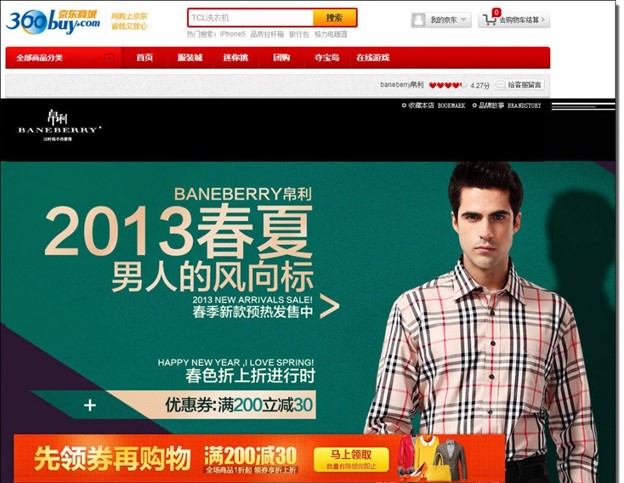
Even though Baneberry legally owned the trademarks for its name and logo in 2009 and 2011, the Intermediate People’s Court of Suzhou decided in Burberry’s favor. Since both companies are selling through similar channels, Baneberry, which now owns at least 40 physical stores, is lowering Burberry’s market share. Baneberry’s use of check patterns—a staple of Burberry’s design heritage—weakens the distinctiveness and recognizability of Burberry’s well-known trademark.
For Burberry, which is expanding its sales channels in the Chinese luxury market, the court’s preliminary injunction decision is encouraging. Furthermore, this counterfeit lawsuit in China demonstrates China’s commitment to creating a sophisticated IP system that matches the global standard.
Counterfeit electronics lawsuits in China
Canon
In April 2022, Canon filed an IP lawsuit against 52 sellers who were selling counterfeit Canon products, such as camera batteries and inkjet printer printheads, on US e-commerce websites. The lawsuit alleged infringement of Canon’s trademark rights and was filed against non-US retailers selling counterfeit goods, as the Canon logo was being counterfeited in the Chinese fake products market and beyond. Around half of the defendants acknowledged the validity of Canon’s trademarks and agreed to stop selling counterfeit products. The remaining defendants did not contest the claims in court.
However, in September 2022, the court ruled in favor of Canon, ordering the defendants to stop the infringing acts. Canon aims to create an environment where counterfeit products cannot be made, sold, or used. In the context of rising sales in the global e-commerce market, Canon’s lawsuit is a countermeasure and precedent to fight against counterfeiters through its network of local law firms, e-commerce platforms, and enforcement authorities.
Cisco
On March 9, 2021, Cisco Systems filed a civil lawsuit in the United States District Court for the Western District of Tennessee against three companies based in Tennessee (Lamination Service, LSI Graphics, and Ezzell Enterprise), a Chinese company (HES Limited), and 50 individuals for producing counterfeit Cisco-branded networking products in China, importing them into the US, and selling them to government and individual customers.
Back in August 2020, a raid by Chinese authorities led to the seizure of over 1,200 counterfeit Cisco-branded products, as well as counterfeit labels and boxes. The counterfeit products were found to have numerous performance, functionality and safety problems. It led to significant damage to the users’ networks and operations, in some cases, costing them huge losses.
Hence, Cisco has been making efforts to crack down on counterfeit trading. The brand has taken legal action against Chinese companies and individuals who traded counterfeit versions of its products.
What’s next for counterfeiting in the electronics industry?
The nature of counterfeiting in electronics is multilayered, as what is considered counterfeit may not be a fake copy— it may be “gray” goods or recycled parts presented as new. With the examples of Canon and Cisco taking direct action to prosecute counterfeiters, the punishes brought by counterfeit lawsuits in China may deter counterfeit producers from continuing their business. Electronics counterfeiting may not be eliminated, but the success of IP legal actions will lead to stronger counterfeit regulation and lower success rates for counterfeiters.
Alibaba breaks new legal ground on counterfeits in China
Lawsuit against counterfeit sellers
In 2016, Alibaba, China’s largest e-commerce company, filed a lawsuit in the Shenzhen Longgang People’s District Court against two vendors who were selling fake Swarovski watches on its Taobao online shopping website. This is the first time an e-commerce platform has taken a counterfeiter to court in China.
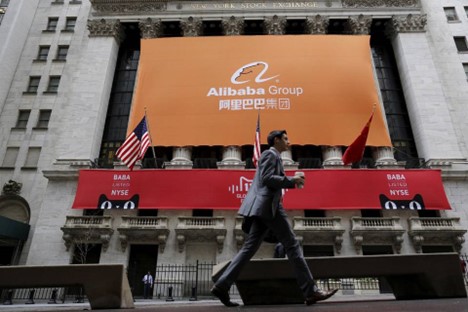
In the Chinese counterfeit lawsuit, Alibaba is seeking RMB 1.4 million ($201,320) in damages from the counterfeiters for “violation of contract and goodwill”. Moreover, Jessie Zheng, Alibaba Group’s chief platform governance officer, said that selling counterfeits not only violates the company’s service agreement but also infringes on the intellectual property rights of the brand owner and ruins the trust and reputation of Alibaba with its customers.
Furthermore, to identify the counterfeit Swarovski products and locate the sellers in Shenzhen, Alibaba used a combination of mystery shopping and big data. Local police then raided and seized 125 fake Swarovski watches and two counterfeit official seals with an estimated total value of RMB 200 million ($28.7 million). Alibaba hired over 2,000 full-time employees responsible for combating counterfeits and worked closely with 5,000 volunteers who actively root out fakes.
The implications of Alibaba’s lawsuit in China
Alibaba takes a holistic and technology-driven approach to intellectual property rights enforcement. Besides, Alibaba’s use of cybersecurity and big data analytics enhances its ability to identify and pursue counterfeiters, making it increasingly difficult for these illicit sellers to hide. Hence, through a combination of jail sentences and crippling fines, this lawsuit set a precedent for other local Chinese companies to protect their rights.
Conclusion: what can we learn from Chinese counterfeit lawsuits?
Counterfeit lawsuits are typically brought against individuals or companies that are producing, importing, or selling counterfeit goods that are identical or substantially similar to a protected trademark. The purpose of these lawsuits is to prevent the sale of counterfeit goods and to recover damages incurred by the trademark owner as a result of the infringement. In some cases, counterfeit lawsuits can result in the seizure of counterfeit goods and the imposition of fines on the infringing party.
Combating counterfeiters online has proven to be a difficult task, as there are numerous ways they can illegally profit from brands. While companies have various methods to address the issue, it often takes significant resources, time, and money to do so effectively. Counterfeiters, who usually only have an email, a U.S. bank account, and an affiliation with an online marketplace, can be difficult to track. To address this problem, brands have been turning to Temporary Restraining Orders (eTRO) and preliminary injunctions to remove fake listings and freeze the bank accounts associated with these online sales. This tactic allows for greater leverage against counterfeiters and can be a cost-effective solution. The number of eTROs filed has increased by 70% from 2019 to 2021, reflecting a sharp rise in efforts to combat counterfeiters.
In short, to combat the Chinese counterfeit market, luxury brands should prioritize strong IP rights by registering all necessary trademarks before launching their brand, and taking strategic measures to enforce these rights, including IP proceedings if necessary. Past examples of counterfeit lawsuits in China have proven effective at punishing counterfeiters and deterring future counterfeit production.
Key takeaways of counterfeit lawsuits in China
- Chinese counterfeit market is a major source of counterfeit products due to its ability to replicate products with high-precision and detail.
- Counterfeit lawsuits in China can have a significant impact on the thriving counterfeit industry, as evidenced by the success stories of New Balance and Burberry in China.
- Companies like Canon and Cisco have also filed lawsuits against counterfeiters, both in the US and China, to protect their trademarks and prevent counterfeit products from being made, sold, or used.
- The fight against counterfeit products requires cooperation between companies, local law firms, e-commerce platforms, and enforcement authorities.
- Brands are using eTROs and preliminary injunctions to combat counterfeiting by removing fake listings and freezing the bank accounts of online sellers. From 2019 to 2021, the use of eTROs increased by 70%.
Author: Hannah Wu


